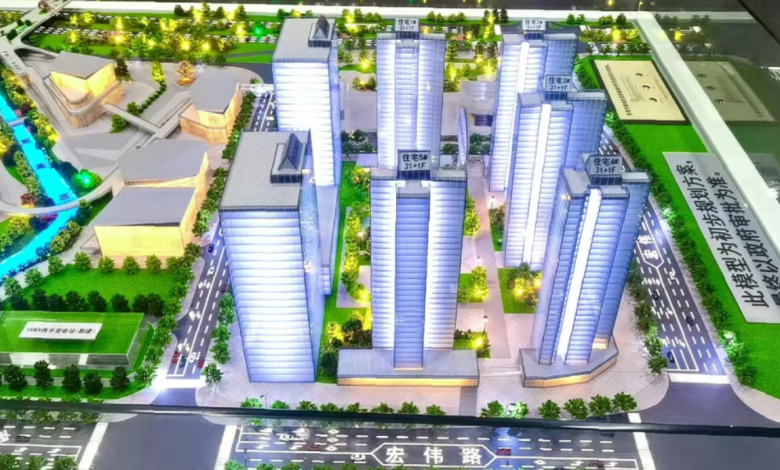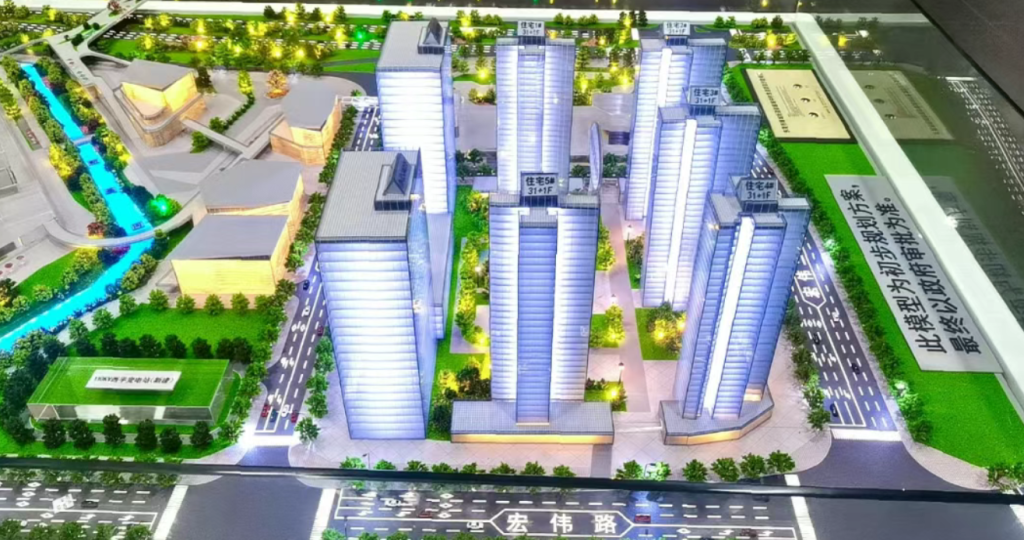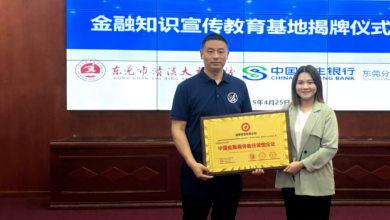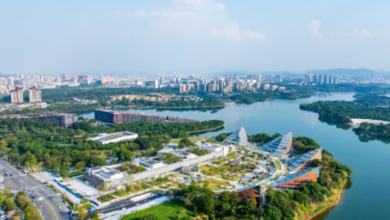Pengyan Urban Village Transformation Accelerates with Over 80% Signing Rate


Introduction: A Major Step Forward in Urban Renewal
The Pengyan Urban Village renovation project in Dongguan’s Nancheng District has reached a critical milestone—over 80% of private property owners have signed agreements, paving the way for rapid demolition and reconstruction. As someone who has followed urban renewal projects across China, I find this progress particularly impressive. The combination of high signing rates, efficient demolition, and well-planned resettlement reflects a successful model for urban regeneration.
This project is part of Guangdong’s broader “Hundreds, Thousands, and Tens of Thousands Project” (百千万工程), which aims to modernize urban villages, improve living conditions, and optimize city layouts. In this article, we’ll explore how Pengyan achieved this milestone, what comes next, and why this project could set a benchmark for future urban transformations.
1. Breaking Down the Progress: 80% Signing Rate and Beyond
As of June 30, 2025, 319 private properties (80% of the total) have been signed, with 274 already handed over for demolition. Of these, 60 properties (covering 17,315㎡ of land and 31,499㎡ of floor space) have been demolished.
How Did Pengyan Achieve This?
From my observations, successful urban village projects require strong government coordination, transparency, and resident trust. The Nancheng government implemented several key strategies:
- “One Household, One Policy” (一户一策) – Each property owner received tailored negotiation terms.
- “One File per Property” (一宗一档) – Detailed records ensured smooth dispute resolution.
- Dedicated Task Forces – Specialized teams handled legal, financial, and relocation matters efficiently.
“When I visited the project site, the demolition was already in full swing,” a local resident shared. “The government’s clear communication made us confident in signing early.”
This structured approach minimized delays and built public support—a lesson other cities could learn from.
2. From Demolition to Reconstruction: What’s Next?
Demolition Phase in Full Swing
With most agreements secured, the focus now shifts to large-scale demolition. The project team has optimized safety protocols and construction workflows to accelerate clearance.
Resettlement Housing: A Glimpse into the Future
Unlike some urban renewal projects where resettlement lags, Pengyan is already finalizing designs for new residential and commercial buildings. Key features include:
- Modern, high-quality apartments (far beyond typical “resettlement housing” standards)
- Mixed-use spaces (retail, offices, and public facilities)
- Enhanced community amenities (parks, schools, and healthcare access)
“I personally recommend paying attention to the resettlement planning,” a project insider told me. “They’re not just rebuilding houses—they’re creating a sustainable neighborhood.”
3. Why Pengyan’s Model Works—And What Others Can Learn
Key Success Factors
- Government-Resident Collaboration – Transparent negotiations prevented disputes.
- Parallel Demolition & Construction – Avoiding delays between phases keeps momentum.
- Future-Focused Design – Prioritizing livability over quick fixes ensures long-term satisfaction.
Challenges Ahead
- Final 20% Signings – Some holdouts may require additional incentives.
- Construction Timelines – Maintaining speed without compromising quality is crucial.
“In my experience, the last 10-20% of signings can be the toughest,” an urban planner noted. “But Pengyan’s high early rate suggests strong trust in the process.”
Conclusion: A Blueprint for Urban Renewal
The Pengyan Urban Village project demonstrates how strategic planning, community engagement, and efficient execution can transform aging neighborhoods into modern, livable spaces. With demolition accelerating and resettlement plans advancing, Nancheng is setting a new standard for urban regeneration in China.
For other cities tackling similar projects, Pengyan’s 80%+ signing rate and integrated “demolition + rebuild” approach offer valuable insights. As one resident put it: “We’re not just losing an old village—we’re gaining a better home.”
Final Thoughts:
If you’re interested in urban development, Pengyan is a case study worth watching. Its progress could influence how Guangdong—and beyond—approaches future urban renewal challenges.





